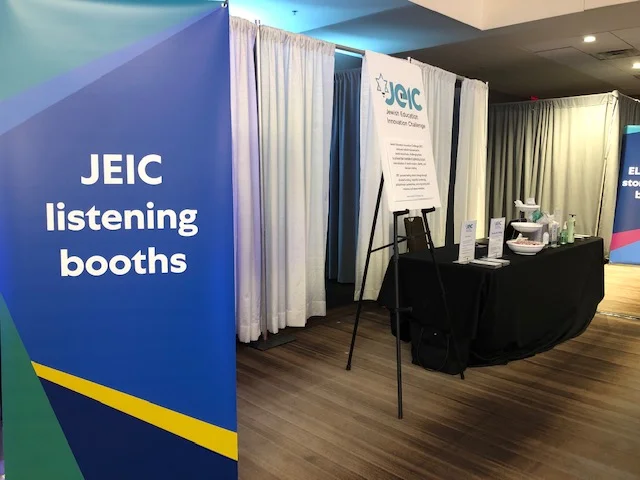If you google the words “God loves us,” the first page of hits contains all Christian websites. I don’t think this an SEO (Search Engine Optimization) problem; I think it is a statement that we are not good at reminding ourselves and our students through discussion or text study that God loves us. The sources are plentiful...
Recently, I attended a conference workshop devoted to tefillah teaching in schools. One of the explicated tensions concerned the intersection of learning the Matbeah Tefillah (the structure and words in the siddur), having a deep relationship with God, being fluent in tefillah concepts, and understanding how to accomplish this in a short span on a daily basis. The tension increases when thinking about the way tefillah happens in local synagogues where duration matters and good personal behavior may not manifest well as communal paradigms.
To further complicate teaching tefillah in schools, most teachers lack training and focus on compliance, and, as a result of those two elements, create an environment that feels less like a spiritual process and more like a police action. This often results in tefillah being a negative experience for students that hurts their relationships with teachers, Jewish learning and experience, Jewish communal members and, ultimately, the Divine. Unfortunately, in the Jewish day school world, this story is not new.
One of my fond grade school memories is of receiving fresh mimeographs right off the machine. We would hold them up to our faces and deeply breathe in the pungent, sweet smell. The purple writing never failed to intrigue us. One more 20th Century function has gone the way of the horse and buggy.
Do you remember the song This Magic Moment by Jay and the Americans? Magic moments occur throughout the course of the Jewish year. Sometimes, the magic is overt and apparent and other times, we have a greater hand in creating our own magic.
At either end of the Jewish calendar lives a major week-long festival. In the springtime month of Nissan, we celebrate Pesach. It is a massive undertaking to create a seder with its numerous accouterments, not to mention the weeks of advance preparation for the holiday’s arrival.
On the other side of the year, in autumnal Tishrei, we celebrate Sukkot. This holiday, too, requires a great deal of preparation: erecting a sukkah, securing a lulav and etrog, and eating—if not sleeping— outside no matter the climate.
While the similarities are striking, there is a fundamental difference between the two that can be gleaned from the recounting of their respective biblical sacrifices recited in the Mussaf Amidah (additional holiday service standing prayer).
Mid-March was filled with a great deal of excitement and energy for Jewish day school educators, and I’m not simply talking about the festivities associated with Purim. Prizmah: Center for Jewish Day Schools held its biannual conference in Atlanta, and I attended with my Jewish Education Innovation Challenge (JEIC) team and more than 1000 other colleagues in the field. The conference was heartening and inspiring for this diverse population of Jewish educators, funders, and influencers, evidenced by a wide range of blog articles written in the last few days and posts filling our social media feeds.
In the spirit of being a positive disruptor, JEIC conducted an audacious initiative at the conference. Taking the first page out of a design thinking playbook, we created a unique mechanism for connecting directly with Jewish educators and influencers to find out their hopes and needs.
How did we do it?
Usually in a Judaic Studies classroom, a teacher might measure the success of a lesson based on the compliance of students or the ability of students to repeat back the information from class or a summary worksheet. This evaluation method allows students to show progress and the teacher to feel the accomplishment of delivering material or skill development.
But imagine a different paradigm. Consider education as a form of engagement instead of a delivery of goods so that education requires intention and effort in addition to acquisition.
It’s been almost 20 years since I sat in a Lookstein professional development seminar in Israel with a diverse group of Jewish day school colleagues, sharing about our common woes. Dress code violations and tefillah seem to transcend school denomination, size and family wealth. While dress code occupies an interesting place in school policy discussion, tefillah gets a lot of attention in the wider Jewish day school world. In the last few years, a wide range of inspired teachers have reached out to JEIC about eight different tefillah programs, and at least three other new programs have been published since 2016. These numbers do not even include the countless other schools attempting to create a regular and effective tefillah program that students will embrace.
Ironically, what vexes the field about tefillah, I believe, also points to its future success.
After six months of full time work with JEIC I’m still seeing things with “newbie” eyes. One observation that stands out to me is what appears to be a replication of effort among many precincts, all of which share the cause of improving Jewish day school education. Many of us seem to be simultaneously re-inventing the wheel. Perhaps this is part of what The AVI CHAI Foundation recognized when they approached the various Jewish day school networks to propose the umbrella organization, which has since developed into Prizmah.
Below are three examples from the many I have recently encountered of what may exemplify a less efficient use of resources:
Heraclitus, a 5th Century BCE Greek philosopher has been quoted as saying, “The only constant is change.” Conversely, an early 20th Century executive at 20th Century Fox averred that “Television won’t be able to hold on to any market it captures after the first six months. People will soon get tired of staring at a plywood box every night.” Even in modern times the CEO of Microsoft expressed disbelief in the constant nature of change. He once remarked, “There’s no chance that (Apple’s) iPhone is going to get any significant market share.”
I think we can all agree that nothing stays the same. Given that, the inevitability of change should apply to educational principles, as well. Why, then, are some Jewish Day Schools so resistant to incorporating change into their approaches to curriculum, pedagogy, and human development (especially social-emotional learning)?
An 18-wheeler makes a U-turn on Flatbush Avenue. That’s not a setup to a joke; I watched it with my own two eyes. Based on what you might know about big trucks and Brooklyn, you may realize that this seems like an insurmountable task and incredibly daring. Clearly, this turn was necessary for the driver’s destination. Why else would someone attempt this? Ultimately, even with hundreds of honking cars and onlookers, the driver successfully rerouted the truck -- with a carefully managed maneuver that didn’t even need a do-over. The driver knew what he needed to do to be successful; clearly he received ample training and had great experience on the road.
How fitting to watch such a memorable turn in direction happen when I was traveling to visit a number of excellent, student-centered schools, who are rerouting the field of Jewish day school education.
The month of Tishrei is filled with Jewish holiday commemorations and celebrations, with all that goes with them. We begin with preparations for Rosh Hashana; hearing the shofar blasts before and during the holidays, making sure our holiday finery--whether white or colorful--is ready, and assuring that our meals with family and friends are fully planned and outstanding with all the attendant necessities: the round challot with honey, the apple, the new fruit. We continue with Yom Kippur, beating our chests, crying [if you are like me] over our distanced relationship from God and from others, and vowing to ourselves to do better in the coming year. Then we embrace Sukkot with all of its pageantry: the Sukkah, the lulav and etrog, and the dancing to celebrate completing another cycle of Torah reading on Simchat Torah.
Most of our schools provide both intellectual and experiential lessons for the students; as much as can be done with the Tishrei holidays so early in the school year. The children complete all sorts of projects on holiday paraphernalia. They learn about the reasons for and the rituals connected with each holiday, and they practice those rituals in a hopefully spiritual environment in school.
Are these school activities sufficient for inspiring our children to develop an enduring connection to their Judaism? They are single activities, each limited to a specific episode. How can something enduring emanate from a one-hour experience? Obviously, the atmosphere at Jewish schools should be saturated with Jewish values, practices, and life experiences, but is that enough?













